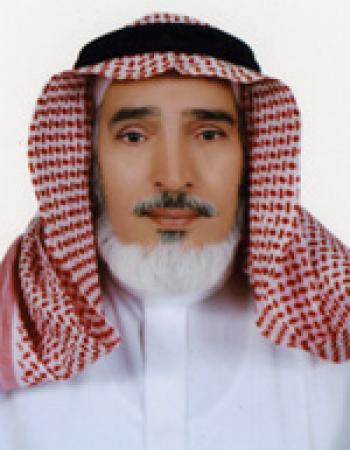Bacterial Augmented Floating Treatment Wetlands for Efficient Treatment of Synthetic Textile Dye Wastewater
| Floating treatment wetland (FTW) is an innovative, cost effective and environmentally friendly option for wastewater treatment. The dyes in textile wastewater degrade water quality and pose harmful effects to living organisms. In this study, FTWs, vegetated with Phragmites australis and augmented with specific bacteria, were used to treat dye-enriched synthetic effluent. Three different types of textile wastewater were synthesized by adding three different dyes in tap water separately. The FTWs were augmented with three pollutants degrading and plant growth promoting bacterial strains (i.e., Acinetobacter junii strain NT-15, Rhodococcussp. strain NT-39, and Pseudomonas indoloxydans strain NT-38). The water samples were analyzed for pH, electrical conductivity (EC), total dissolved solid (TDS), total suspended solids (TSS), chemical oxygen demand (COD), biological oxygen demand (BOD), color, bacterial survival and heavy metals (Cr, Ni, Mn, Zn, Pb and Fe). The results indicated that the FTWs removed pollutants and color from the treated water; however, the inoculated bacteria in combination with plants further enhanced the remediation potential of floating wetlands. In FTWs with P. australis and augmented with bacterial inoculum, pH, EC, TDS, TSS, COD, BOD and color of dyes were significantly reduced as compared to only vegetated and non-vegetated floating treatment wetlands without bacterial inoculation. Similarly, the FTWs application successfully removed the heavy metal from the treated dye-enriched wastewater, predominately by FTWs inoculated with bacterial strains. The bacterial augmented vegetated FTWs, in the case of dye 1, reduced the concentration of Cu, Ni, Zn, Fe, Mn and Pb by 75%, 73.3%, 86.9%, 75%, 70% and 76.7%, respectively. Similarly, the bacterial inoculation to plants in the case of dye 2 achieved 77.5% (Cu), 73.3% (Ni), 83.3% (Zn), 77.5% (Fe), 66.7% (Mn) and 73.3% (Pb) removal rates. Likewise in the case of dye 3, which was treated with plants and inoculated bacteria, the metals removal rates were 77.5%, 73.3%, 89.7%, 81.0%, 70% and 65.5% for Cu, Ni, Zn, Fe, Mn and Pb, respectively. The inoculated bacteria showed persistence in water, in roots and in shoots of the inoculated plants. The bacteria also reduced the dye-induced toxicity and promoted plant growth for all three dyes. The overall results suggested that FTW could be a promising technology for the treatment of dye-enriched textile effluent. Further research is needed in this regard before making it commercially applicable. |
مجلة/صحيفة
SUSTAINABILITY

The fruits of eggplants have different shapes and sizes, which render them ideal for metabolic engineering. They can aid in increasing eggplant chlorogenic acid content, a critical nutrient. Among…
Journal of King Saud University-Science

Soybean is a legume widely cultivated globally for its seeds, which are rich in oil and protein suitable for animal and human nutrition, and as a biofuel source. One of the main factors that…
Agronomy

Background:
This is an early access version, the complete PDF, HTML, and XML versions will be available soon.
Plants

